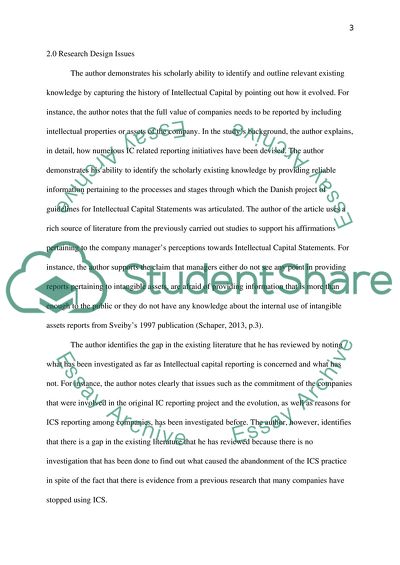Cite this document
(Intellectual Capital Essay Example | Topics and Well Written Essays - 1500 words, n.d.)
Intellectual Capital Essay Example | Topics and Well Written Essays - 1500 words. https://studentshare.org/human-resources/1831085-intellectual-capital
Intellectual Capital Essay Example | Topics and Well Written Essays - 1500 words. https://studentshare.org/human-resources/1831085-intellectual-capital
(Intellectual Capital Essay Example | Topics and Well Written Essays - 1500 Words)
Intellectual Capital Essay Example | Topics and Well Written Essays - 1500 Words. https://studentshare.org/human-resources/1831085-intellectual-capital.
Intellectual Capital Essay Example | Topics and Well Written Essays - 1500 Words. https://studentshare.org/human-resources/1831085-intellectual-capital.
“Intellectual Capital Essay Example | Topics and Well Written Essays - 1500 Words”. https://studentshare.org/human-resources/1831085-intellectual-capital.


